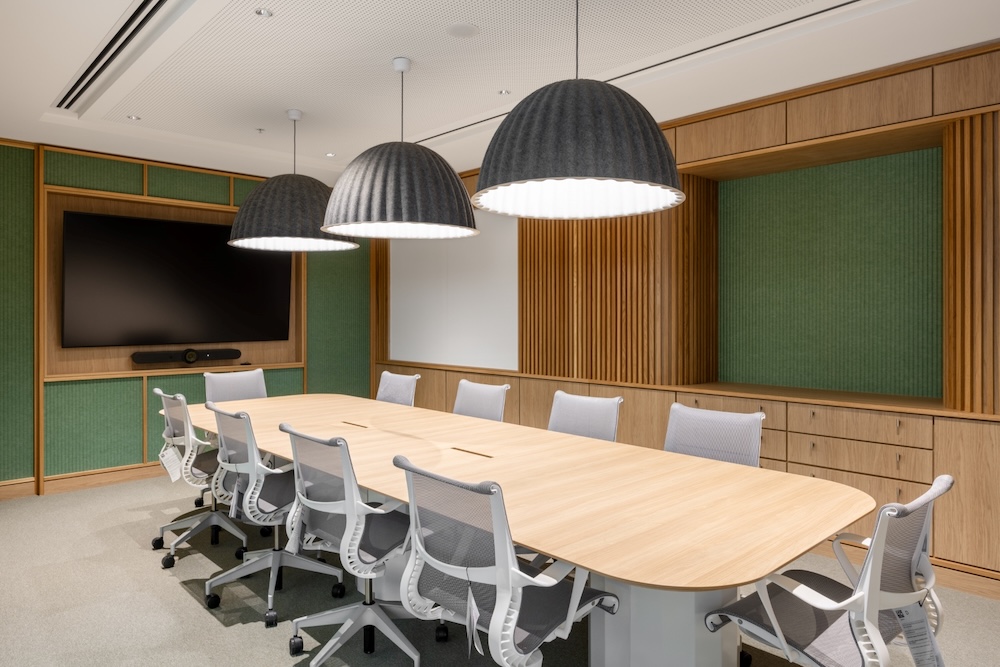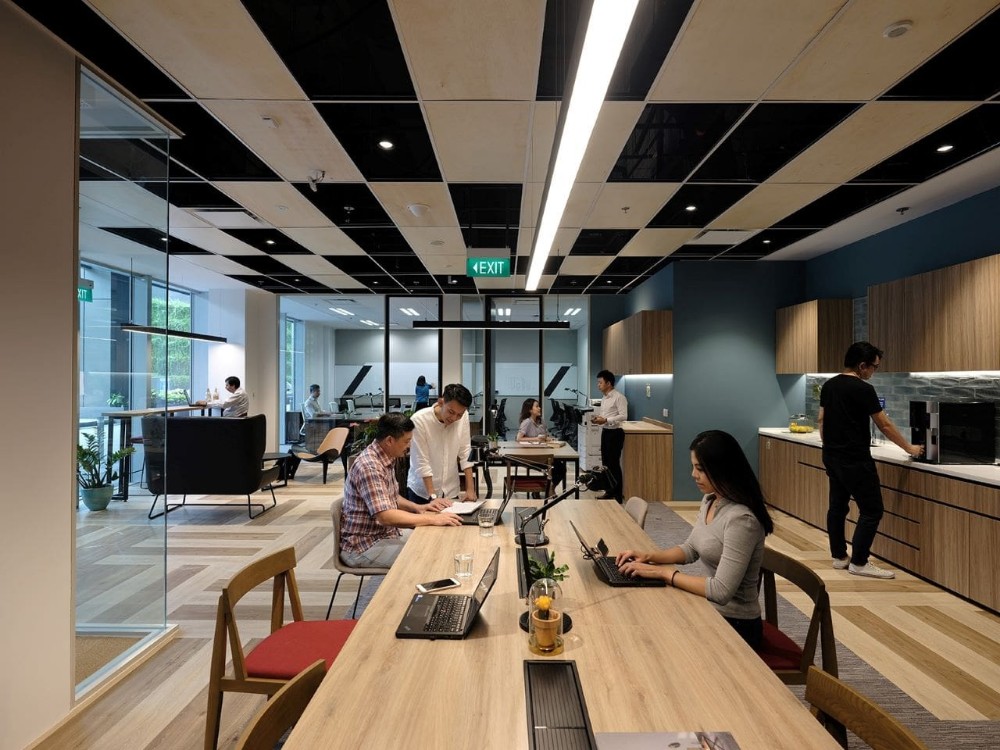Ever felt like your projects hit a wall because different teams just aren't on the same page? Perhaps you've seen brilliant ideas get lost in departmental handovers, or simple tasks take forever due to misunderstandings between teams. In today's dynamic Australian market, tackling these everyday roadblocks requires a fresh approach. A vital strategy for achieving competitive advantage and driving sustainable growth is cross-functional collaboration.
This guide will define cross-functional collaboration, explore its profound benefits for Australian businesses, and provide practical tips for fostering effective teams.
What is Cross-Functional Collaboration?
Cross-functional collaboration involves bringing together individuals from different departments or areas of expertise to work towards a common goal. Members from various functions, each with their unique skills and perspectives, unite to achieve a shared objective.
Common examples of cross-functional teams include:
- Product Development Team: Members often come from Engineering, Marketing, Design, and Sales.
- Customer Experience Team: Compositions can include Customer Service, Sales, Product, and Marketing representatives.
- Project Management Team: Often includes individuals from Operations, Finance, Legal, and IT.
- Innovation/R&D Team: Members might span Research, Development, Strategy, and Business Development.
Such teams typically form to tackle complex projects, solve multifaceted problems, or drive innovation that genuinely requires diverse perspectives. By pooling varied expertise, these groups can address challenges from multiple angles, leading to more comprehensive solutions.
Where most corporate structures operate on traditional, siloed, departmental work, cross-functional teams are approaching productivity from a different angle. Instead of departments working in isolation, focusing solely on their own metrics, these efforts aim to dismantle such barriers, fostering a more integrated and dynamic approach to achieving organisational goals.
Why Cross-Functional Collaboration is Essential for Australian Businesses
Drives Innovation and Problem-Solving
Diverse perspectives from different departments consistently lead to more creative solutions and innovative ideas. If the product development team could brainstorm with marketing, engineers might be able to suggest technical capabilities earlier in development, while the marketers can offer insights into customer desires, leading to a novel solution.
Cross-functional teams, in that regard, can tackle complex problems by pooling varied expertise. Each department brings a unique piece of the puzzle, allowing for a comprehensive understanding and effective resolution of multifaceted challenges.
Improves Efficiency and Streamlines Processes
Ever felt bogged down by endless email chains or waiting on approvals from another department? Cross-functional collaboration helps to break down silos—invisible barriers between departments—that often lead to duplicated efforts and frustrating bottlenecks. When teams work together from the outset, sharing information and aligning their efforts, workflows become significantly more streamlined.
A shared understanding of common goals and operational processes leads to far more efficient execution and consistent outcomes across the organisation.
Fosters a Stronger Workplace Culture
From an HR perspective, encouraging teams to work together on shared goals organically builds stronger relationships and mutual understanding among colleagues. When employees can work synergistically without friction, you’ll have a higher chance of improving employee retention. Collaboration enhances overall employee satisfaction and cultivates a deeper sense of belonging, contributing to a more inclusive and harmonious environment where everyone feels valued.
Enhances Organisational Agility
Cross-functional teams empower businesses to respond more quickly and effectively to market changes or new opportunities in Australia. Shared knowledge, diverse insights, and a collective understanding of the broader business picture mean decisions can be made faster and implemented with greater precision. This enhanced adaptability is key to maintaining a competitive edge in a fast-paced economy.
How to Build and Improve Cross-Functional Collaboration
1. Set Clear Goals and Roles
Defining a clear, shared objective for any cross-functional team represents a critical first step. Everyone needs to understand exactly what they are working towards. Beyond that, assigning clearly defined roles and responsibilities for each member avoids confusion and ensures accountability.
For instance, designating a "Project Lead" ensures oversight, while a "Communication Liaison" ensures seamless information flow between departments, making building cross-functional teams more efficient.
2. Foster Open Communication
Transparent and consistent communication channels invariably facilitate smoother work processes within teams, and the same holds true for cross-functional collaboration. Open communication directly correlates with improved team efficiency, as information flows freely, preventing misunderstandings and speeding up decision-making.
To build an environment that promotes open communication, try introducing these into your teams:
- Regular check-ins to discuss progress and roadblocks.
- Dedicated communication platforms that cater to diverse needs.
- Encouraging honest feedback, both positive and constructive, in a safe space.
- Establishing clear protocols for information sharing across departments.
3. Promote Psychological Safety
Creating an environment where team members feel safe to voice ideas, ask questions, and admit mistakes without fear of judgment is foundational. People need to know their input is valued, even if it's unconventional. Psychological safety is truly crucial for genuine collaboration and fostering innovation.
Failing to cultivate such an environment can stifle creativity, lead to resentment, and ultimately hinder the cross-functional team's ability to perform effectively.
4. Provide the Right Tools and Environment
Equipping teams with appropriate collaborative tools proves essential. Project management software, robust video conferencing platforms, and shared digital workspaces are indispensable. A supportive physical workspace also holds significant importance, as its design can profoundly influence natural collaborative reactions.
Here’s what a few office layout tweaks can do for your teams:
- Open-plan areas with versatile furniture encourage spontaneous interactions.
- Dedicated breakout zones provide informal settings for quick discussions.
- Well-equipped meeting rooms facilitate structured brainstorming sessions.
- Quiet pods offer spaces for focused individual work amidst shared areas, enabling diverse work styles.
5. Celebrate Successes and Learn from Failures
Recognising and celebrating the achievements of cross-functional teams consistently builds morale and reinforces positive behaviours. Equally important, encouraging a culture of collaboration and learning from setbacks, viewing them as opportunities for improvement rather than blame, fosters resilience and continuous growth within the teams.
Gain A Collaborative Advantage at The Work Project

Meeting room in The Work Project
Cross-functional collaboration offers transformative power for Australian businesses, driving innovation, enhancing efficiency, and cultivating a positive organisational culture.
Businesses should embrace these strategies in their office environment. Coworking spaces, for example, naturally facilitate cross-functional collaboration. Teams within a shared office space can tap into their varied environments tailored to different work styles and team needs, offering a flexible ecosystem for connection.
The Work Project has offices across Australia's key business districts, making collaboration seamless. Workspaces come complete with private offices and meeting rooms to facilitate cross-functional collaboration effectively. Teams find environments fostering both focused work and vibrant interactions. Furthermore, The Work Project designs its shared office space to actively encourage the very dynamics that build successful cross-functional teams, ensuring every corner supports innovative collaboration.
Explore how The Work Project can provide the ideal shared office space and flexible environments to foster exceptional cross-functional teams, giving your business a true collaborative advantage.






